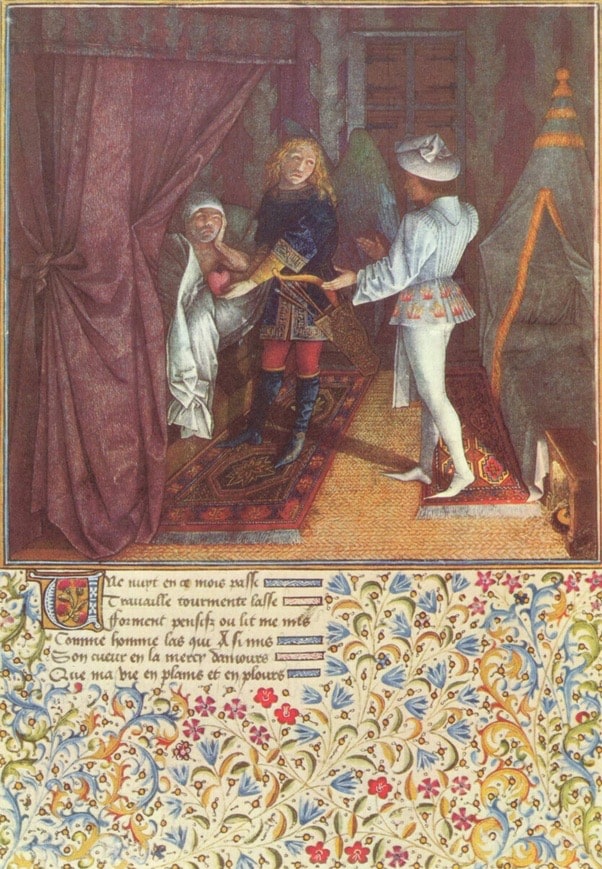
Embroidery Series by Marasim
Jacobean Embroidery : We live in our current times in houses or apartments, which are fully furnished, heated in winter, and adorned extensively with textiles for aesthetic reasons and utility. But there was a time in England and the rest of the world that houses were draughty, furniture scarce, and cloth was restricted to wool, linen, and silk. There were rushes on the floor, which dogs and often people would relieve themselves in, making interiors malodorous. People often shifted from one house to another, an itinerant lifestyle because homes became quickly unhygienic.
How

Marking an Embroidery Pattern. Oftentimes, in the craft sector, the practitioners feel a sense of responsibility to pursue traditional processes to a Tee.
When technology integrates into traditional handcrafts. It saves time and increases efficiency. And it is the best chance to ensure the survival of an ancient practice in a modern world. Therefore, technology interventions combined with handcrafts can save time and increase efficiency. (more…)
CHIKANKARI EMBROIDERY HISTORY
Traditional Chikankari Embroidery at a NYC based company. The historical city of Lucknow with its detailed architecture is synonymous with Chikankari embroidery. In 1775, Lucknow had become the capital of the city of Oudh. It at once began to attract craftsmen, artists and musicians, who were patronized by the Mughal court.
The stitches of white on white patterns such as paisleys and florals adorn the surface of the fabric . The use of untwisted cotton or silk threads was common. Some stitches start from the front of the fabric, others from the back. There are six basic stitches, which form a large repertoire of stitches as a combination of each other for embossing flowers and leaves.
(more…)




